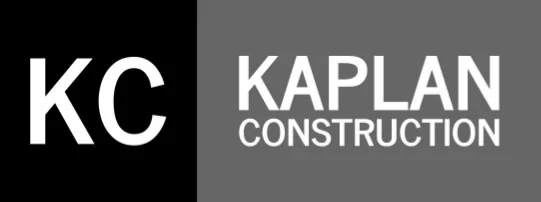With all the different DIY tutorials on the web, is it really necessary to hire a contractor for a remodel? There are important factors to consider when attempting a remodel on your own. Quicken Loans offers some Pros and Cons of both.
Photo: Bathroom remodel of a client in Long Beach, CA. For more photos of the entire home remodel, click here.
With a contractor
- You save time. Meaning they can most likely get the job done faster than you can, especially if you have work and a family to take care of.
- Quality. The contractor will do the job right the first time, compared to you attempting to do the job yourself for the first time.
- Warranties. Many contractors offer warranties to fix problems that may occur within a certain period of time after the project is completed.
DIY
- Money. One of the main reasons people tend to go with DIY is because they save money.
- Satisfaction. The fact you did the project on your own will leave you with a sense of satisfaction.
- Experience. By working on a project yourself, you will gain some experience, whether it be becoming handy with tools or learning new techniques in building.
You can find the full article here.
If you decide you need a contractor, contact Kaplan Construction today at (562) 495-0483 or via email at info@kaplanconstruction.com to get started on your home remodel!







